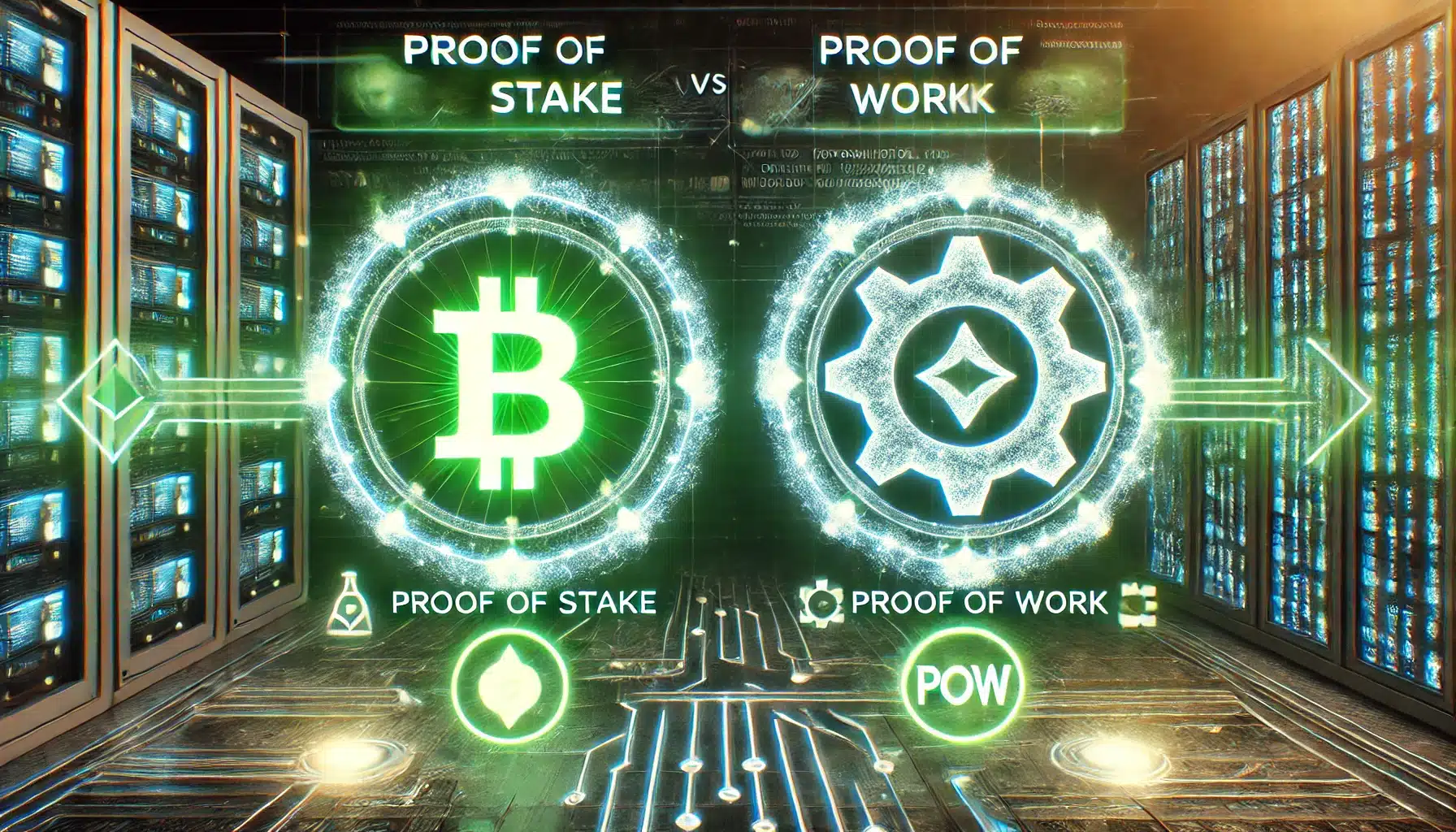As blockchain technology continues to evolve, the debate between Proof of Stake (PoS) and Proof of Work (PoW) remains a central topic. These two consensus mechanisms play crucial roles in maintaining the security and functionality of blockchain networks. In 2025, the popularity of each system is influenced by factors like energy efficiency, scalability, and decentralization. This article delves into the key aspects of PoS and PoW to explore which system might dominate the blockchain landscape.
Understanding Proof of Work (PoW)
Proof of Work is the original consensus mechanism used by Bitcoin and other pioneering blockchains. It requires miners to solve complex mathematical problems, ensuring network security through computational effort. PoW’s key advantages include:
- Proven track record of security and decentralization.
- Resistance to attacks due to high computational costs.
However, PoW faces significant challenges, particularly regarding energy consumption. Mining requires substantial electricity, raising concerns about its environmental impact. Additionally, hardware centralization through large mining farms can undermine its decentralization goals.
Exploring Proof of Stake (PoS)
Proof of Stake emerged as an alternative to address PoW’s shortcomings. In PoS, validators are chosen based on the number of tokens they hold and are willing to “stake” as collateral. This mechanism offers several benefits:
- Energy-efficient operation, significantly reducing the carbon footprint of blockchain networks.
- Accessibility for participants without the need for expensive mining equipment.
Despite its advantages, PoS is not without criticism. The wealth-based selection process raises concerns about centralization, as those with more tokens have greater influence. Additionally, some argue that PoS may not be as secure as PoW in deterring certain types of attacks.
Energy Efficiency: A Critical Factor in 2025
With global emphasis on sustainability, energy efficiency has become a decisive factor in blockchain adoption. PoW’s energy-intensive nature contrasts sharply with PoS’s eco-friendly approach. Governments and organizations increasingly favor energy-efficient technologies, making PoS a more attractive option for new blockchain projects. Environmental policies are expected to play a pivotal role in shaping consensus mechanism preferences.


Security and Decentralization: PoW vs. PoS
Security and decentralization are core principles of blockchain technology. PoW excels in these areas, as its computational difficulty makes it highly secure against attacks. However, the rise of large mining pools has led to concerns about centralization. PoS offers a scalable alternative while maintaining security, though its reliance on token holdings raises questions about wealth concentration. Striking a balance between these factors remains a challenge for both mechanisms.
Adoption Trends in 2025
The transition from PoW to PoS has been a notable trend in recent years, exemplified by Ethereum’s shift to PoS through the Merge. New blockchain projects often opt for PoS due to its efficiency and scalability. However, PoW continues to dominate specific niches, such as Bitcoin, where its robust security is highly valued. In 2025, the coexistence of both systems reflects the diverse needs of blockchain applications.
Future Outlook: A Hybrid Approach?
The future of blockchain may not hinge on a single consensus mechanism. Hybrid systems that combine the strengths of PoW and PoS are gaining attention. Innovations aimed at making PoW more energy-efficient could also reshape its role in the ecosystem. As blockchain technology evolves, both PoW and PoS are likely to coexist, serving distinct purposes within the industry.
Conclusion
Proof of Stake and Proof of Work each offer unique strengths and weaknesses. While PoS is gaining popularity for its energy efficiency and scalability, PoW remains a cornerstone of blockchain security. The choice between these systems depends on the specific needs of a blockchain network. In 2025, the ongoing evolution of consensus mechanisms will continue to shape the future of decentralized technology.
Follow us on Twitter and LinkedIn and join our Telegram channel to get instant updates on breaking news!












